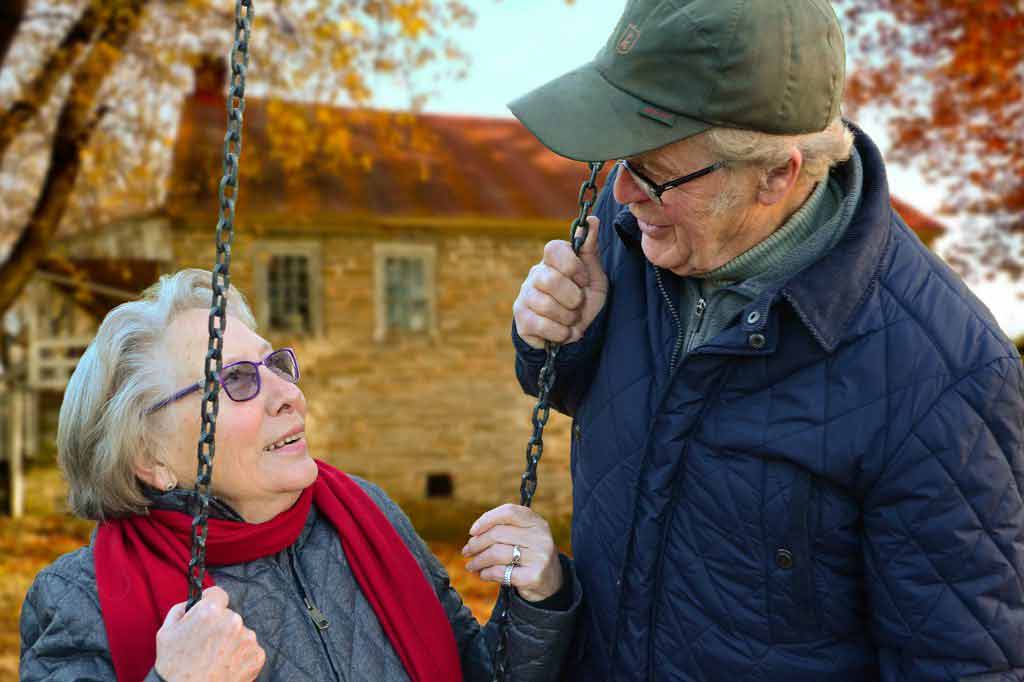Down's syndrome Q&A
Genetics and stem cells
The number of children born with Down’s syndrome is rising in the UK, many newspapers reported today. Following the widespread introduction of pre-natal testing
The number of children born with Down’s syndrome is rising in the UK, many newspapers reported today.
Following the widespread introduction of pre-natal testing for the condition in 1989, the number of babies born with Down's syndrome fell. However, since 2000, it has risen. In 2006, 749 babies were born with Down’s syndrome, 32 more than in the year screening was introduced.
The increase is due to changing attitudes, said the Down’s Syndrome Association. "Now there is much greater inclusion and acceptance, with mainstream education having a huge role,” said Carol Boys, the DSA chief executive. "We think this plays a part in the decisions parents make. There's even been a baby with Down's syndrome on EastEnders ."
Is the reported change in attitudes really so stark?
Probably not. Although the number of Down’s syndrome babies being born is up 4% since testing was introduced, it would have been expected to jump by an estimated 50% had testing and termination not been available (about 700 additional Down's births in 2006). This is because many women now have babies later in life when the chances of having a Down’s syndrome child are considerably greater.
Currently, 92% of women who receive an antenatal diagnosis of Down’s syndrome decide to terminate the pregnancy. This proportion has not changed since 1989, according to a report by the National Down Syndrome Cytogenetic Register.
What is Down's syndrome?
Down’s syndrome is a condition present from birth which causes learning difficulties and can affect physical development. It can also cause other health complications. There are around 60,000 people with Down’s syndrome in the UK.
How does it affect people?
There is no typical person with Down’s syndrome. It will affect each person in a slightly different way.
Down’s syndrome causes learning difficulties, but these can vary in nature, and children with the condition are increasingly attending mainstream schools. Down’s syndrome can slow a child’s mental and social development but it will not limit it. With the right support they can lead an active and independent life. Many adults with Down’s syndrome are now in work.
The condition often causes certain facial and physical features, such as slanting eyes or small eyes, but again all people with Down’s syndrome will vary in appearance.
A proportion of people with Down’s syndrome will also experience other complications such as hearing loss and heart conditions. In the past this meant many people with Down’s syndrome would have a significantly reduced life expectancy, but with advances in treatment and care this means someone with Down’s syndrome can now expect to live to around 60-65 years.
What causes Down’s syndrome?
When a baby is conceived, it inherits genetic material from its parents. The genetic material is usually transferred to the baby in 46 chromosomes: 23 from each parent.
Down's syndrome is caused by a fault with a particular chromosome, the 21 chromosome. In most cases of Down's syndrome, a child inherits an extra copy of the 21 chromosome, meaning they inherit 47 chromosomes instead of the usual 46. When a person's genetic make-up is altered in this way, it can affect their physical and mental characteristics.
There are varying forms of Down’s syndrome, which differ based on how the extra chromosome occurs in the body.
How common is Down’s syndrome?
Anyone can have a child with Down’s syndrome, although the chances do greatly increase with age. At the age of 20 the chance is 0.07%, at 30 years the chance increases to 0.1% and at 40 years the chance is 1%.
What's involved in testing for Down’s syndrome?
Testing for Down’s syndrome is routinely offered to all pregnant women, though some don't take it. It's offered in two stages, a screening test and a diagnostic test.
What is the screening test?
All pregnant women can have a screening test to identify the likelihood of their baby having Down’s syndrome. A screening test will involve either a blood test, an ultrasound scan or both. These screening tests can't definitely say whether or not a baby will have Down’s syndrome, but will be used to calculate a risk value.
If a screening test gives a low-risk result, it does not definitely mean a baby will not be born with Down’s syndrome, just that it is unlikely. If a screening test gives a high-risk result, then a diagnostic test will be offered.
What is the diagnostic test?
A diagnostic test may be given using one of two techniques, amniocentesis or chorionic villus sampling (CVS). Amniocentesis is more invasive, where a needle is inserted into the womb to collect fluid for genetic testing. It's offered between weeks 15 and 20 of pregnancy.
CVS involves having a small sample of the placenta (the organ in which the foetus grows and is protected and nourished) taken for further examination. This can be done from 10 weeks into the pregnancy.
Both these procedures carry a small risk of miscarriage, around 1%, which is why they're only offered to those who have a high risk of having a child with Down’s syndrome.
How do I can get more information on caring for a Down's syndrome child?
With the health problems that Down’s syndrome can bring it is important to seek specialised help and regularly visit a doctor. The NHS offers a range of care and information for children with Down’s syndrome and their families, so speak to your GP if you need further help.
Specialists groups and charities such as the Down’s Syndrome Association UK, can also be a source of practical and emotional support, and may also help you speak to people with Down’s syndrome and their families, who have experience living with the condition.






 Subscribe
Subscribe Ask the doctor
Ask the doctor Rate this article
Rate this article Find products
Find products







